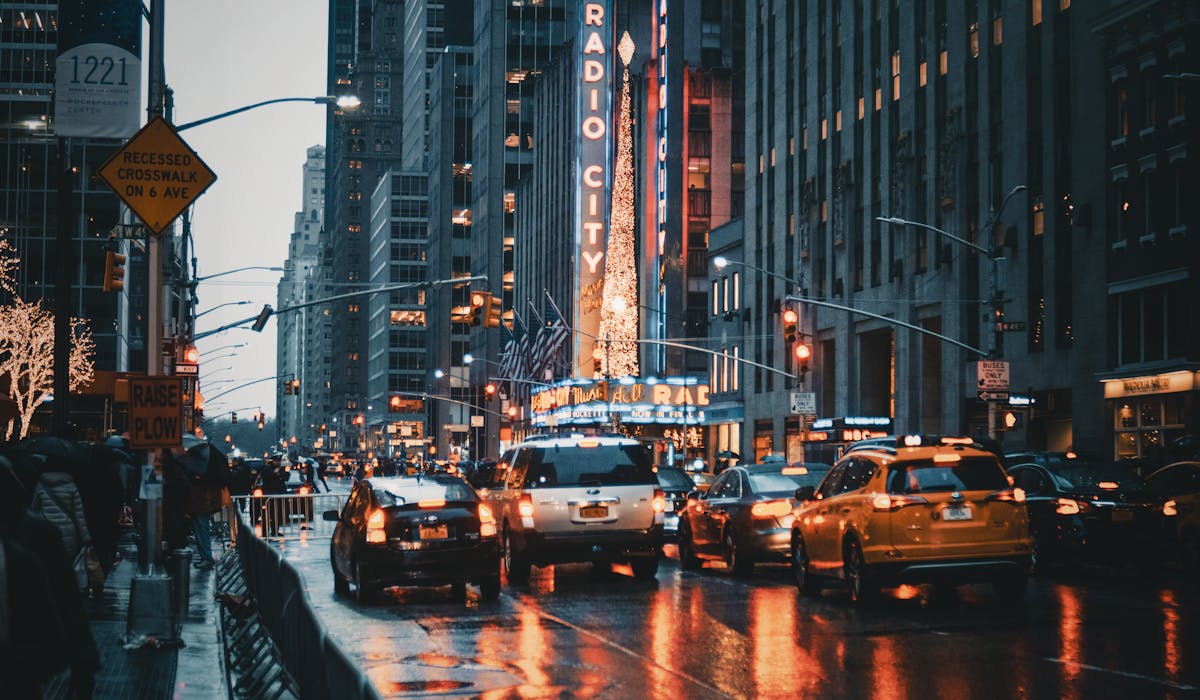Fascination About Framing Streets
Table of ContentsWhat Does Framing Streets Mean?Framing Streets Fundamentals ExplainedSee This Report on Framing StreetsLittle Known Questions About Framing Streets.Some Known Questions About Framing Streets.The Main Principles Of Framing Streets
Digital photography category "Crufts Dog Program 1968" by Tony Ray-Jones Street photography (also occasionally called honest photography) is photography carried out for art or query that includes unmediated opportunity experiences and random occurrences within public places, typically with the purpose of catching photos at a definitive or poignant minute by careful framework and timing. 
, that was motivated to undertake a similar documentation of New York City. As the city established, Atget assisted to promote Parisian streets as a worthwhile topic for photography.

Framing Streets - Truths
Martin is the first videotaped digital photographer to do so in London with a disguised electronic camera. Mass-Observation was a social research organisation established in 1937 which aimed to record daily life in Britain and to videotape the responses of the 'man-in-the-street' to King Edward VIII's abdication in 1936 to marry divorce Wallis Simpson, and the succession of George VI. The chief Mass-Observationists were anthropologist Tom Harrisson in Bolton and poet Charles Madge in London, and their first record was produced as the publication "May the Twelfth: Mass-Observation Day-Surveys 1937 by over 2 hundred viewers" [] Window cleaner at Kottbusser Tor, Berlin, by Elsa Thiemann c. 1946 The post-war French Humanist Institution photographers found browse around this site their subjects on the street or in the restaurant. Andre Kertesz.'s widely admired Images la Sauvette (1952) (the English-language edition was entitled The Crucial Moment) promoted the idea of taking a picture at what he labelled the "definitive moment"; "when kind and web content, vision and make-up combined right into a transcendent whole" - 50mm street photography.
A Biased View of Framing Streets
, then a teacher of young kids, connected with Evans in 193839.'s 1958 book,, was considerable; raw and usually out of emphasis, Frank's photos questioned traditional digital photography of the time, "challenged all the formal guidelines laid down by Henri Cartier-Bresson and Walker Evans" and "flew in the face of the wholesome pictorialism and sincere photojournalism of American magazines like LIFE and Time".